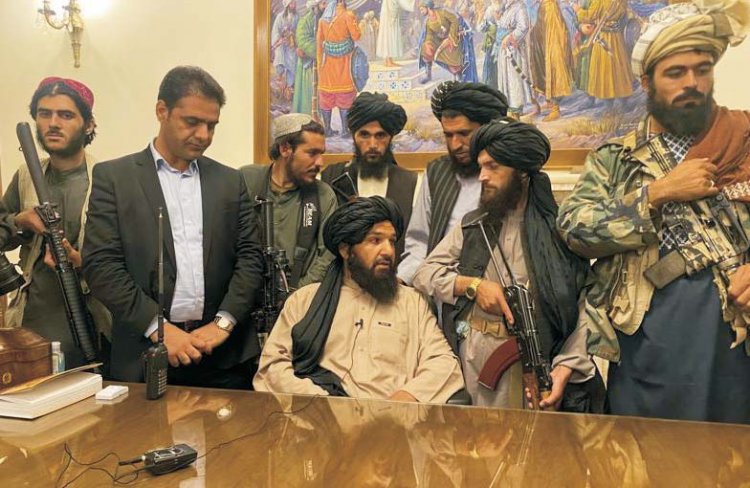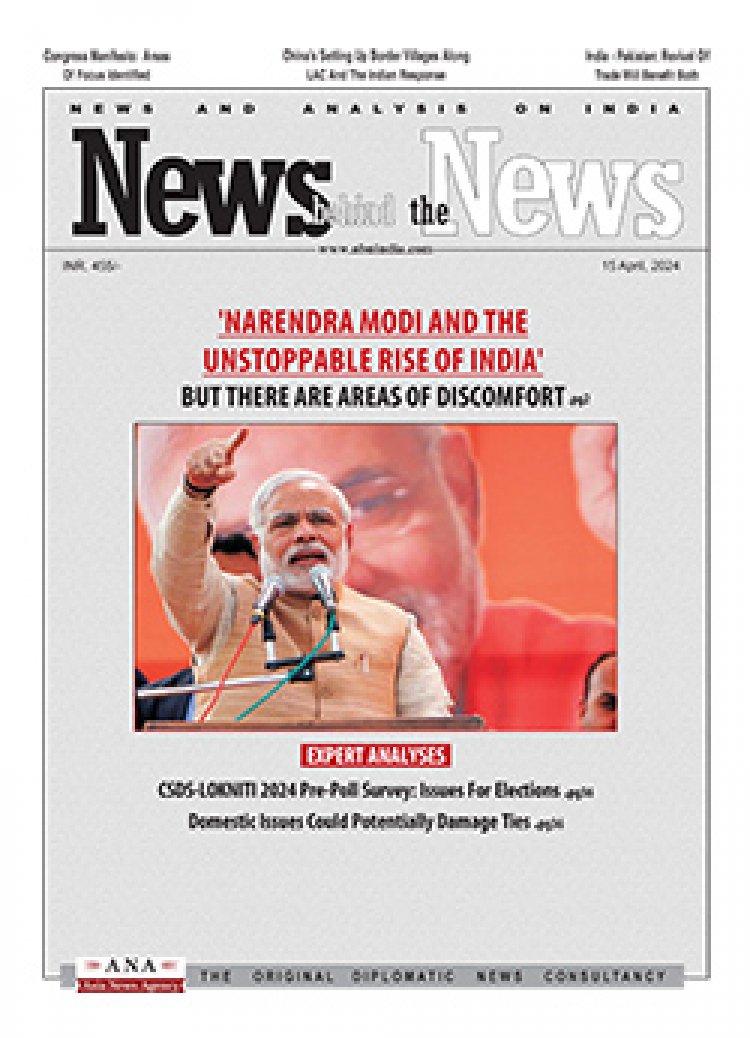Taliban in Kabul: Medievalism in The Heart of Asia
Amulya Ganguli

More than any other country, India is facing a worst-case scenario in Afghanistan. Even as the US mulls over its humiliating retreat and the tragic loss of men along with the wastage of vast amount of money, India is preparing to bear the frightening consequences of America’s withdrawal which even China has called hasty.
As of now, the future of that part of India’s neighbourhood is dark and uncertain. As the Taliban consolidate their position in Kabul and gun down motley groups of protesters in some parts of the country, India will have to brace itself for one of the most grim realities of a geopolitical situation that it has faced in recent years.
India’s only hope is that the Taliban of 2021 will be more moderate – even marginally – from what the Islamist outfit was in the mid-1990s. But the belief that leopards do not change their spots will be ever present. Moreover, India’s friendship with the previous Ashraf Ghani regime automatically makes it the Taliban’s enemy unless the latter are mature enough to discard such snap judgments.
Already, the stoppage of exports and imports between India and Afghanistan via Pakistan is a worrying sign. Indian exports to Afghanistan at the last count were worth $ 835 million and imports $ 510 million. As is known, India has invested $ 3 billion in the 400-odd projects in Afghanistan, some of which are ongoing.
There have been reassuring observations on the subject from the Taliban, but until a government or a “council”, as the Taliban has said, is in place in Kabul, there will be no forward movement on the Indo-Afghan relations.
The only certainty at present is that there will be no democracy in Afghanistan as the Taliban have informed the world. So, the parliament house which India built at a cost of $ 90 million will become defunct so far as debates, discussions and the passage of legislation are concerned. Whatever deliberations there may be will be conducted by the council if this unelected body uses the building for the purpose of governance.
But even more than the ways and means of running the country, what India and the world will be waiting with bated breath to see is whether Taliban 2.0 will discard the barbarism associated with Taliban 1.0. That the fear is still prevalent can be seen from Ashraf Ghani’s statement that he fled to avoid meeting the fate of former president Mohammed Najibullah, who was hanged in a public place with his genitals stuffed in his mouth in 1996. The videos of women enveloped from head to toe in a burqa being shot have also remained a part of the Taliban’s appalling history.
Along with these throwbacks to the medieval times is the realization that the Islamists have not only gained a fresh lease of life, but have also been emboldened by their victories over the two superpowers of our time – the Soviet Union, which left Afghanistan in 1989, and the US.
What is more, their latest victory was achieved in the face of the might of the Americans and their Western allies, who fielded more than 100,000 troops armed with modern arms and armaments and considerable airpower alongside 300,000 Afghan security forces. Yet, the ragtag medievalists, who were earlier derided for living in caves, have come out on top.
The resultant boost to their morale can well be imagined. What this pep-up means is that the jehadis in the region will come to believe in the righteousness of their “cause” and target the “kafirs” or infidels with greater zeal. Even if Taliban 2.0 bow to the exigencies of realpolitik because of American and IMF sanctions to show signs of moderation, such restraint is unlikely to be observed by the various radical groups In Pakistan, of which there are 30,000-40,000 in that country, as Pakistan prime minister Imran Khan said in 2019.
To them, the sharia-based administration in Afghanistan will become the living model of Islamic rule which they will advocate in all their targeted areas of which Kashmir will undoubtedly be one. Pakistan, too, will not escape their attention, for a sharia-governed country is what is wanted by the Tehreek-e-Taliban of Pakistan which killed 141 children in a Peshawar school in 2014.
Pakistan’s elation, therefore, over the Taliban’s conquest of Afghanistan will probably be short-lived no matter how excited Imran Khan is about the freedom of the Afghans from the “shackles of slavery”. The Pakistani establishment, rather than the common people, apparently sees the Taliban takeover in terms of the setback for India’s ambitious plans for the region. But, as Afghanistan’s former vice-president, Amrullah Saleh, who has now declared himself to be the caretaker president, has said, Afghanistan is too large for Pakistan to swallow and for the Taliban to govern.
He has, therefore, decided to take on the Taliban in the company of Ahmad Massoud, son of the slain Ahmad Shah Massoud, who was the leader of the anti-Taliban and pro-India Northern Alliance, and wage a guerrilla war against the new rulers in Kabul.
Whether Saleh’s is a pipedream is not known, but his challenge to the Taliban when all seemed lost after the fall of Kabul has enthused Ashraf Ghani to vow to return although the US believes he is no longer relevant in Afghan politics.
What these cross-currents show is that the Taliban’s blitzkrieg has not marked the end of the Afghan story, for there are elements in the background, including women who took out a procession in Kabul with an Afghan flag, who can carry on the struggle for democracy and human rights and make the scene even more complicated.
















